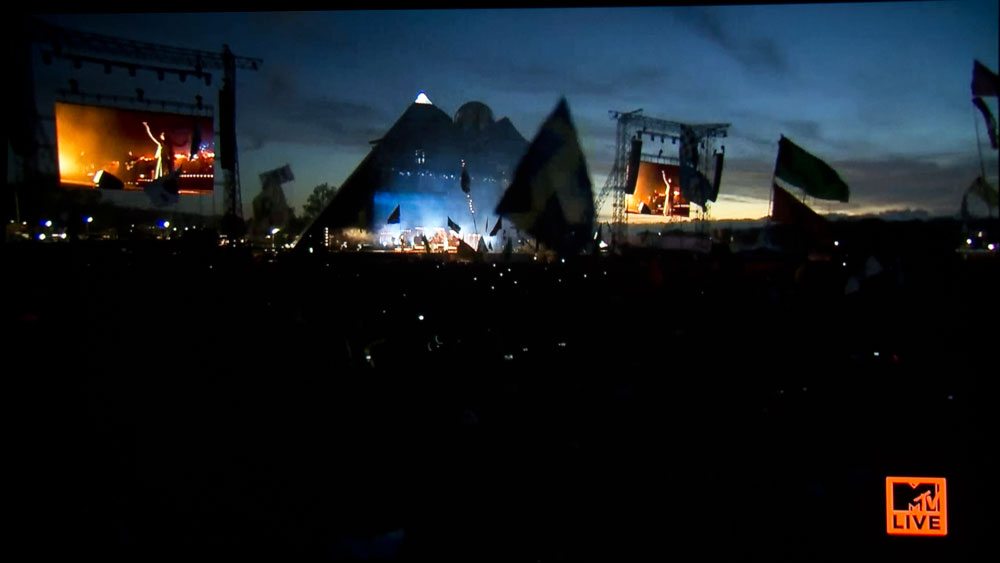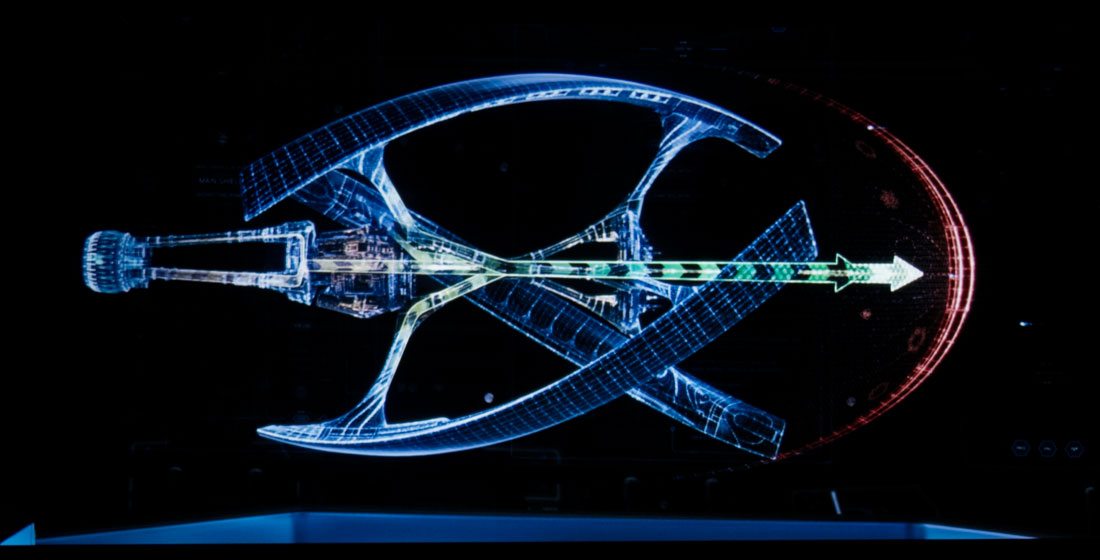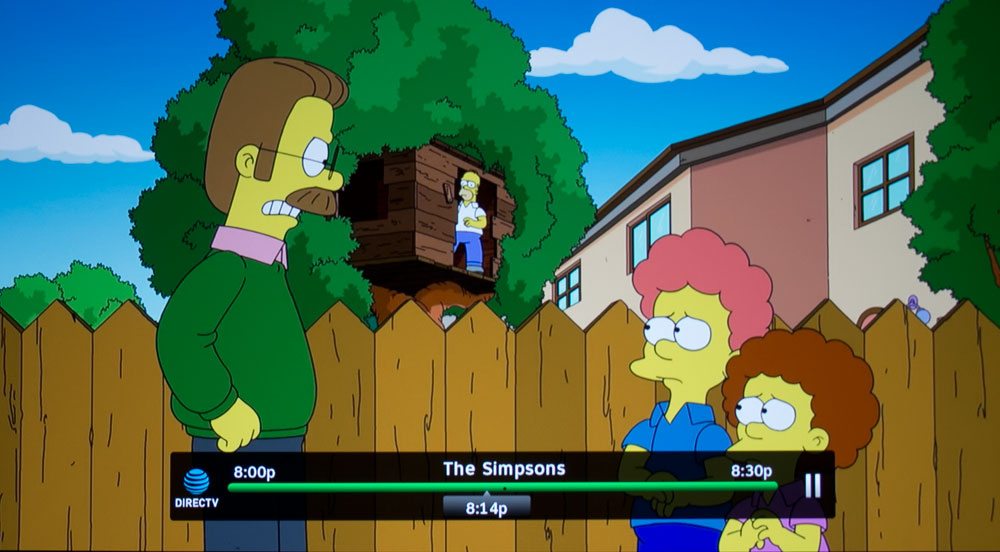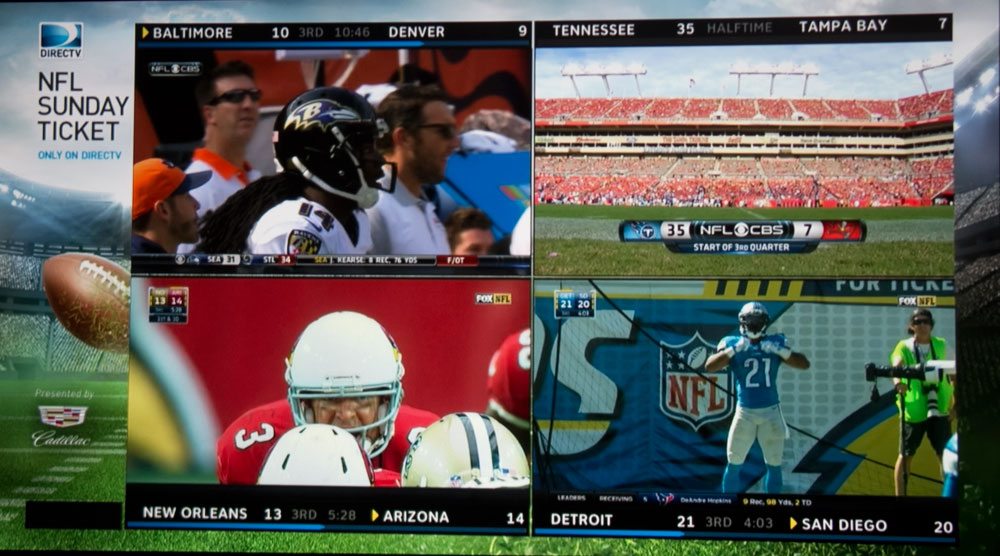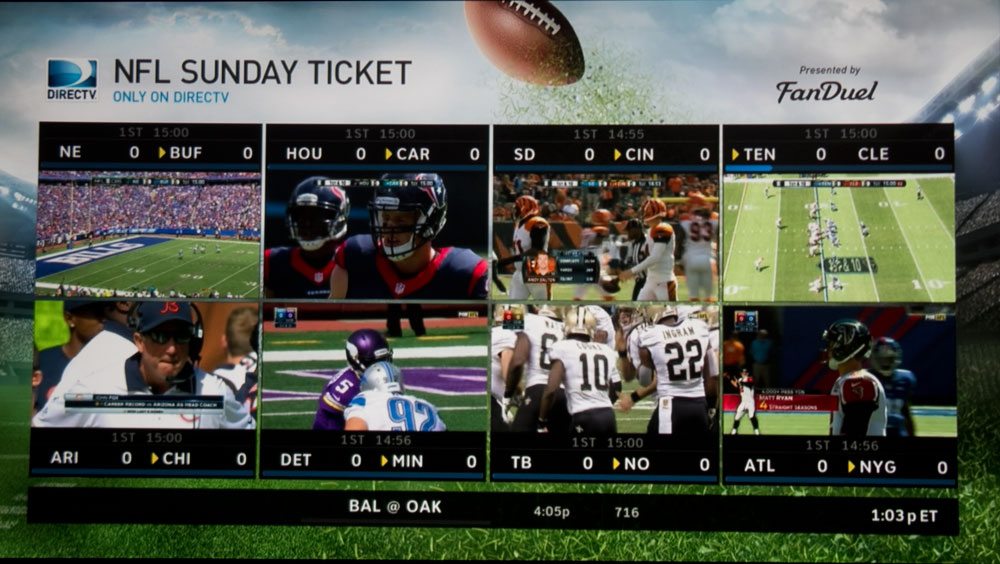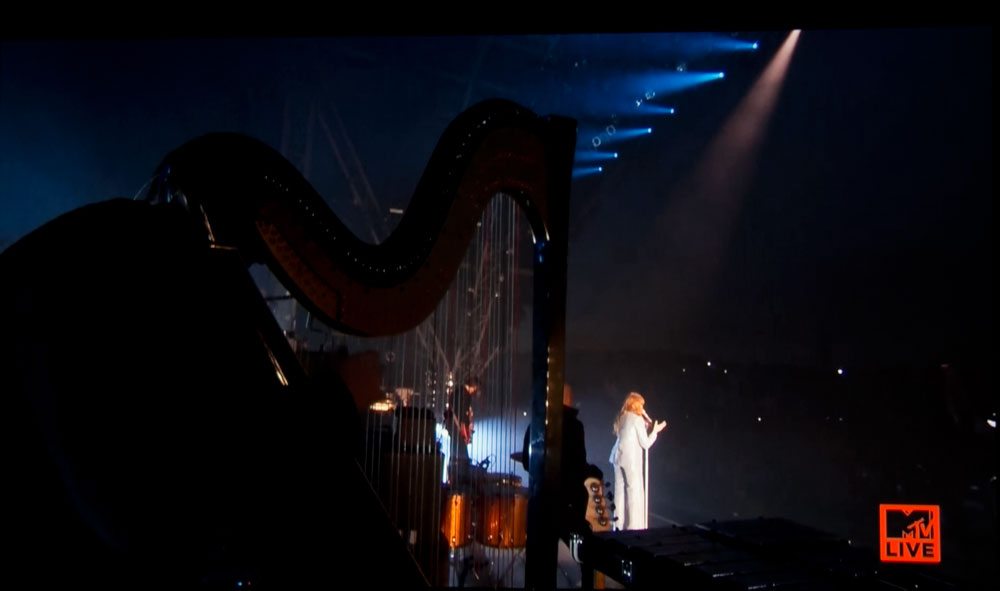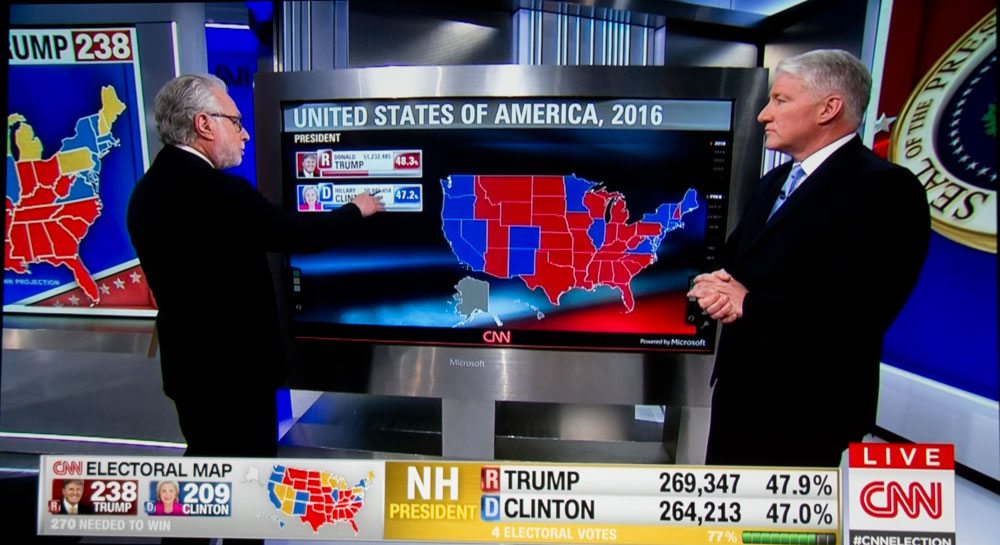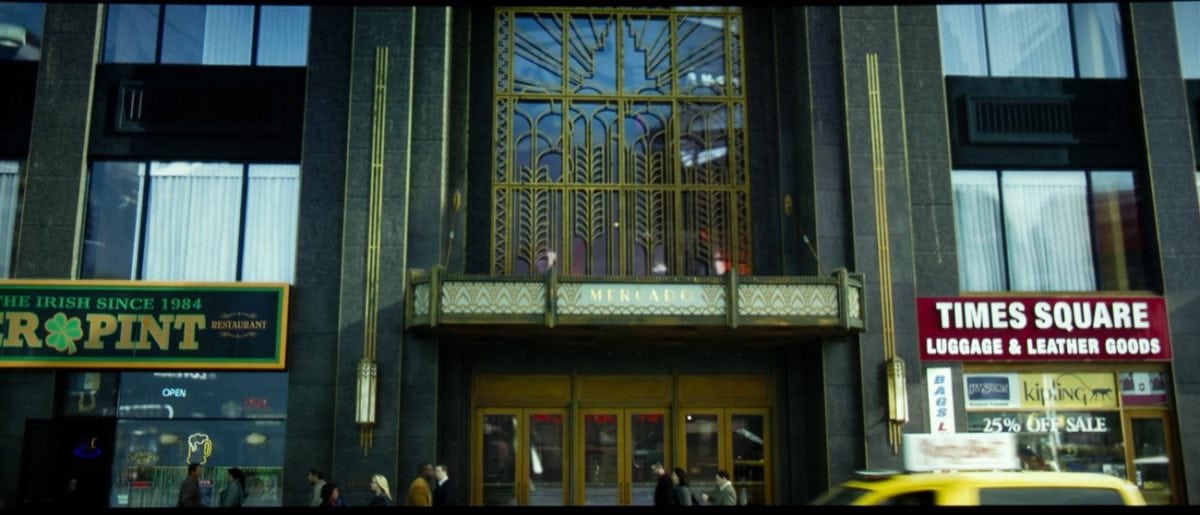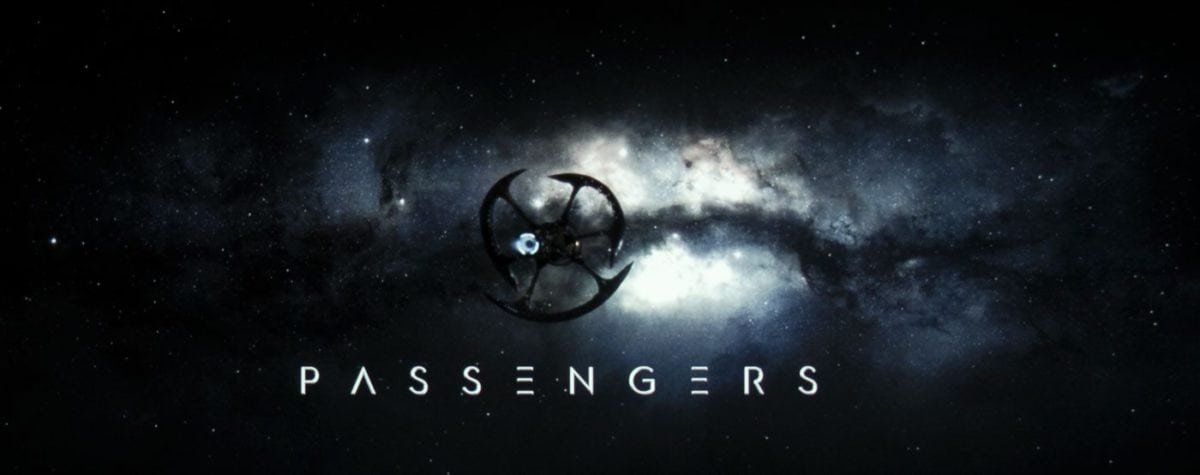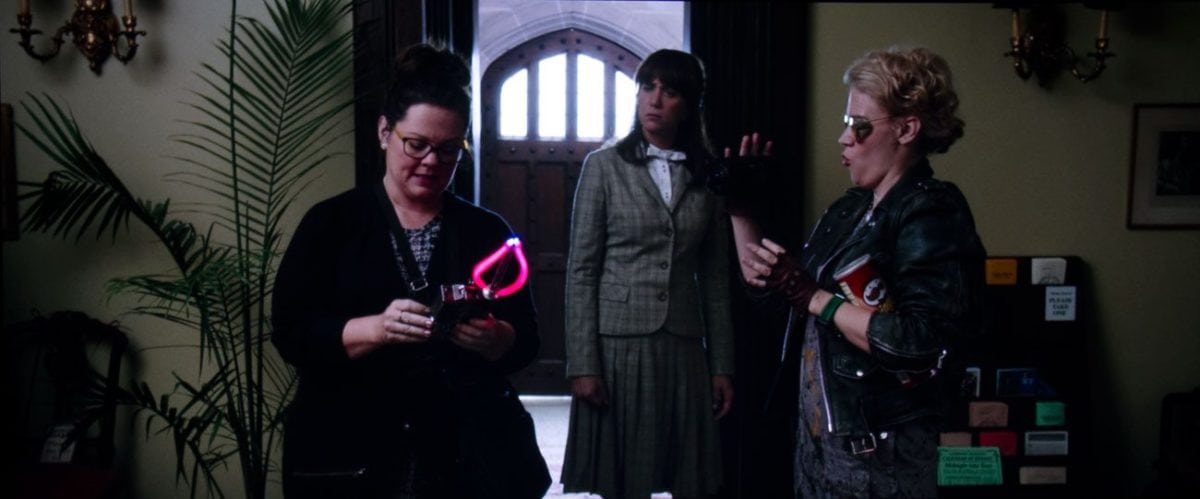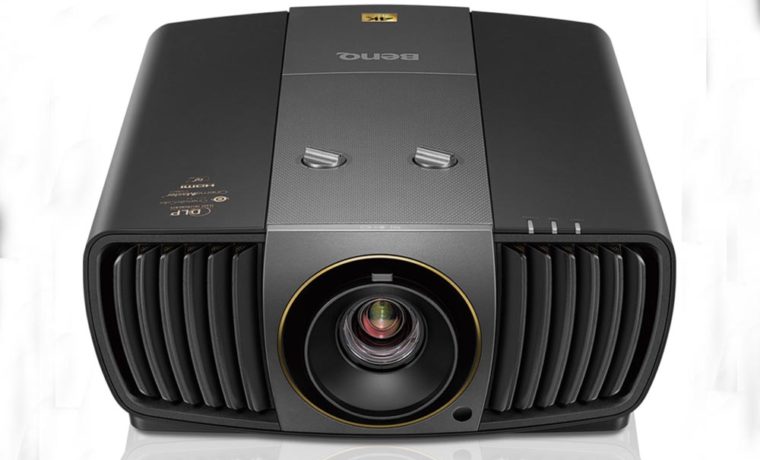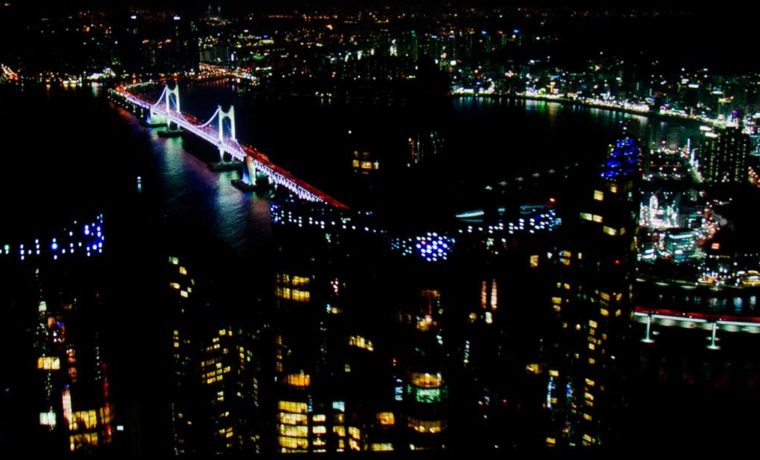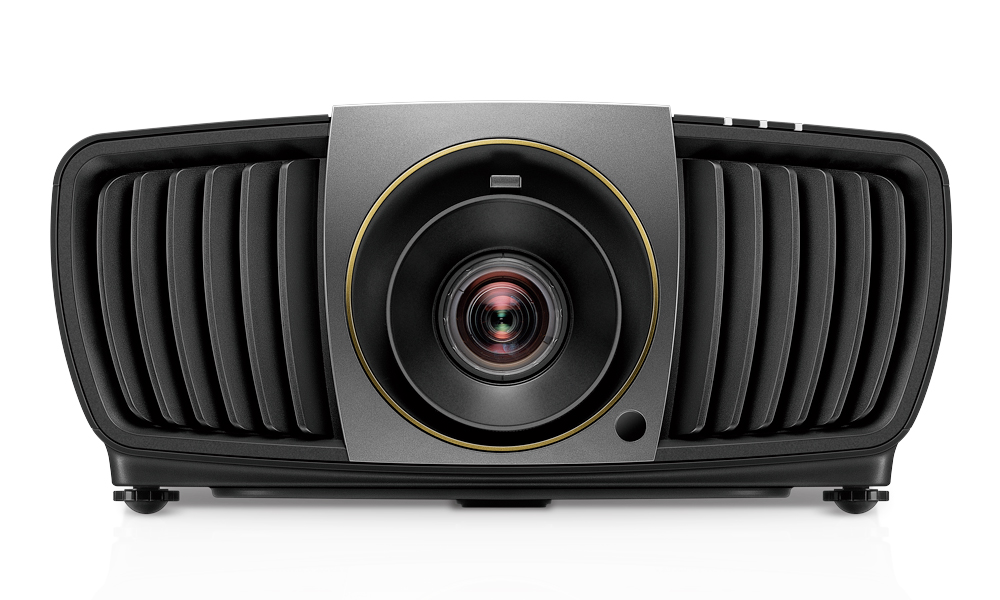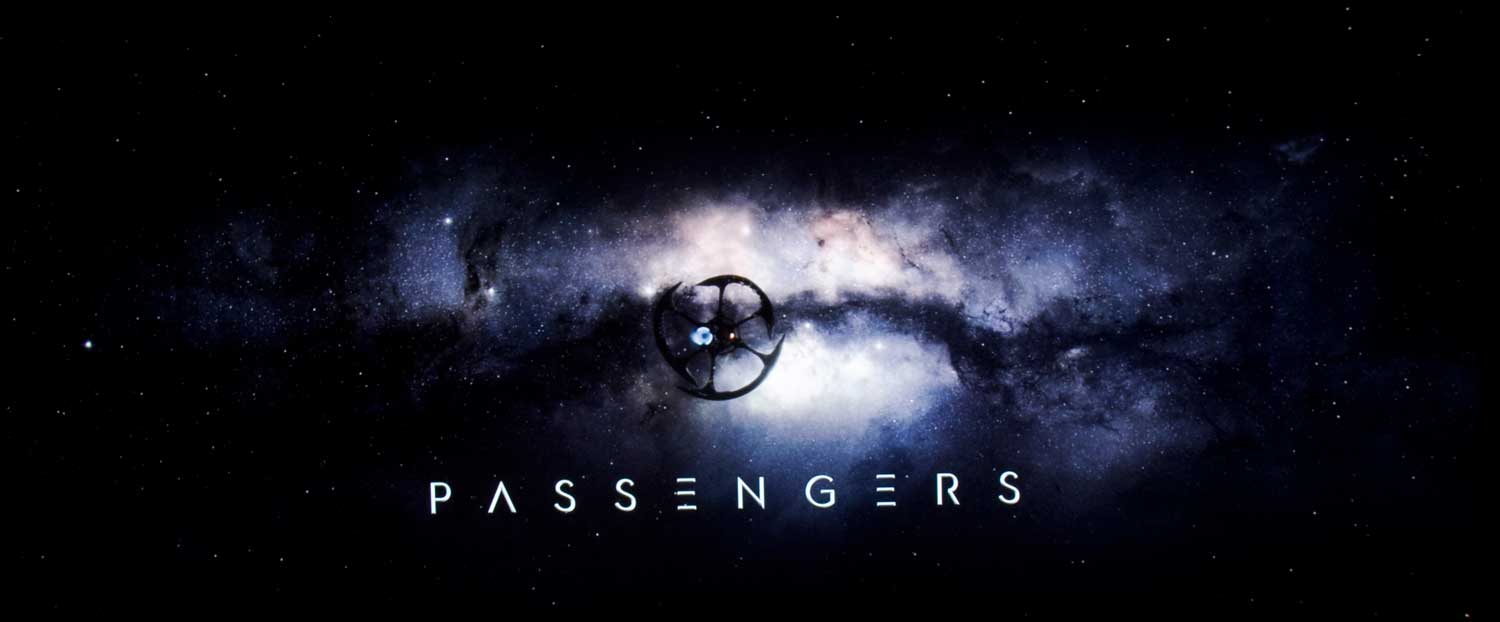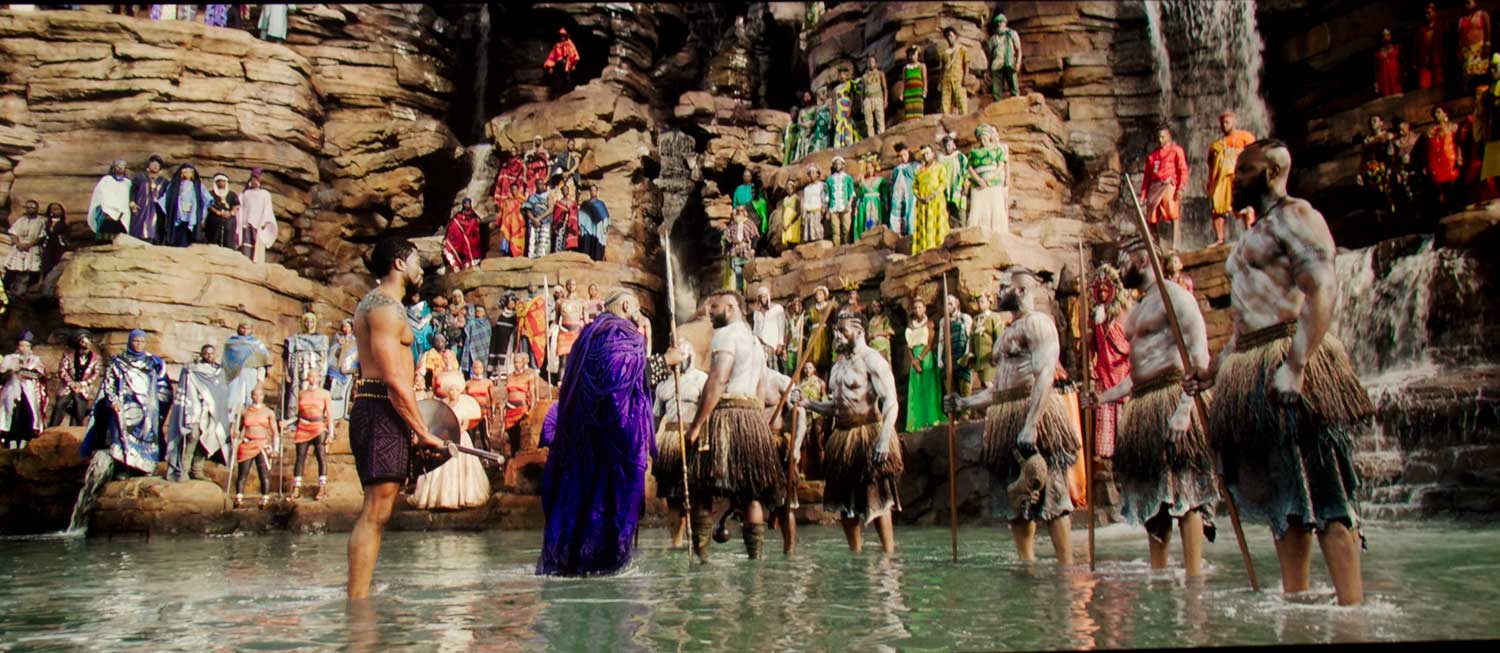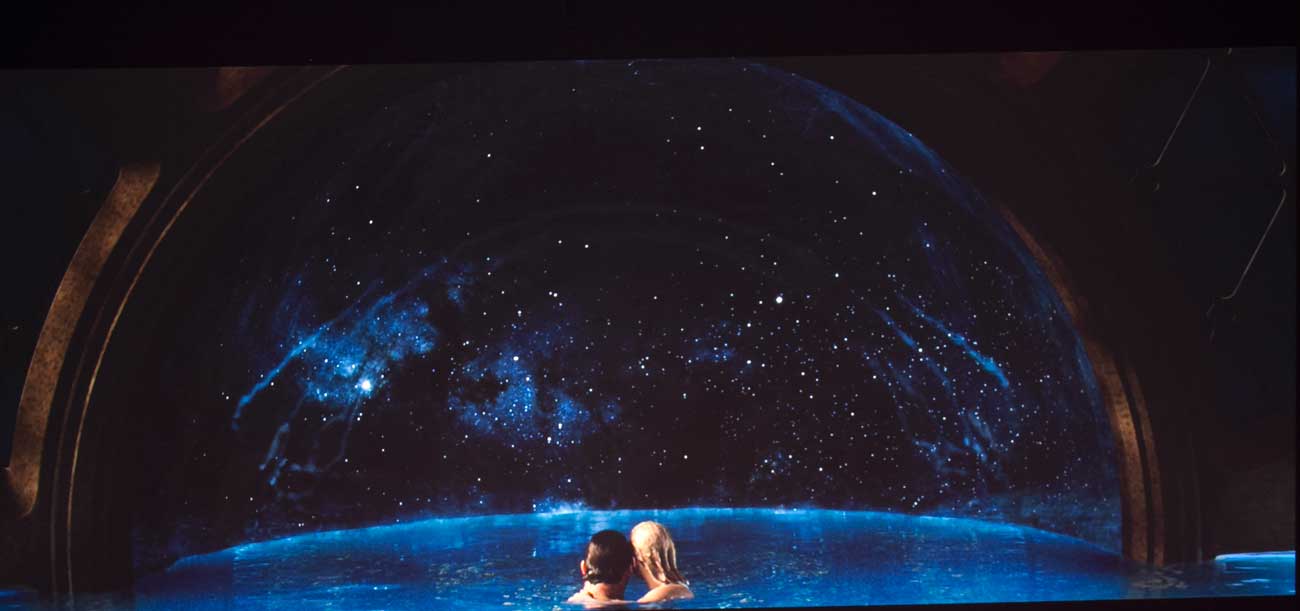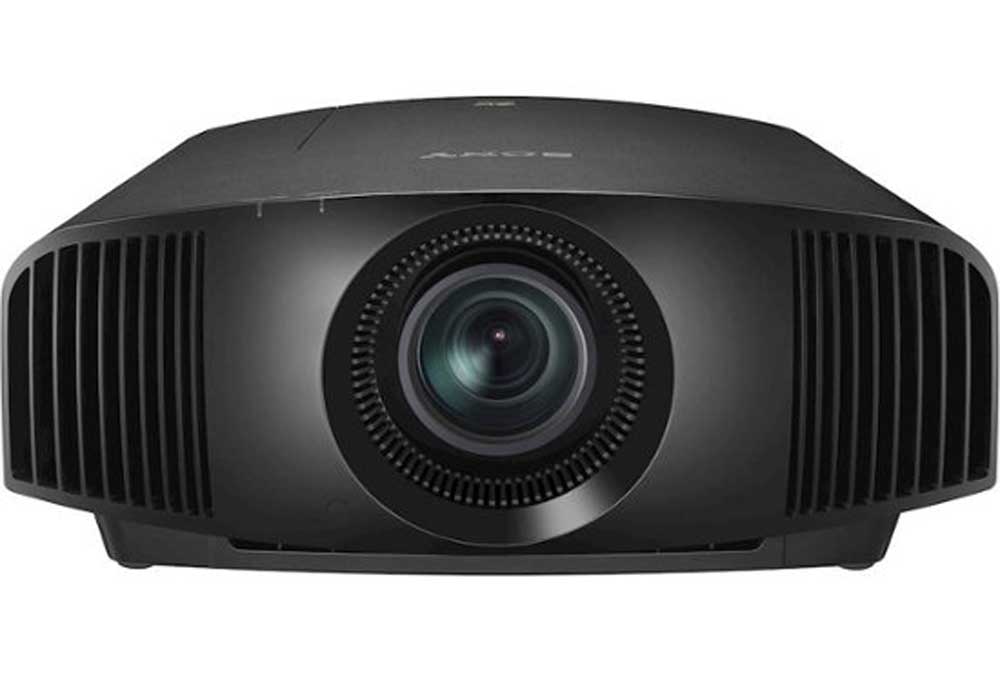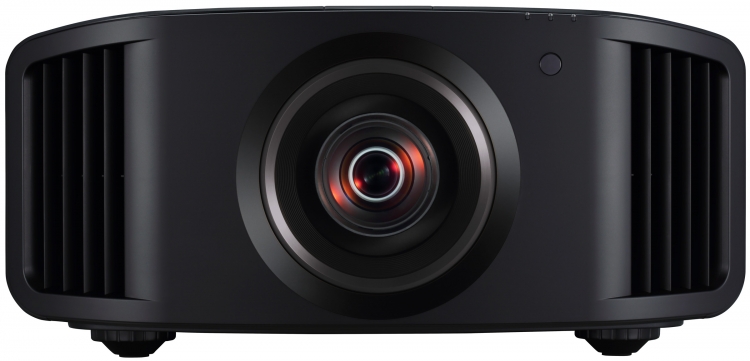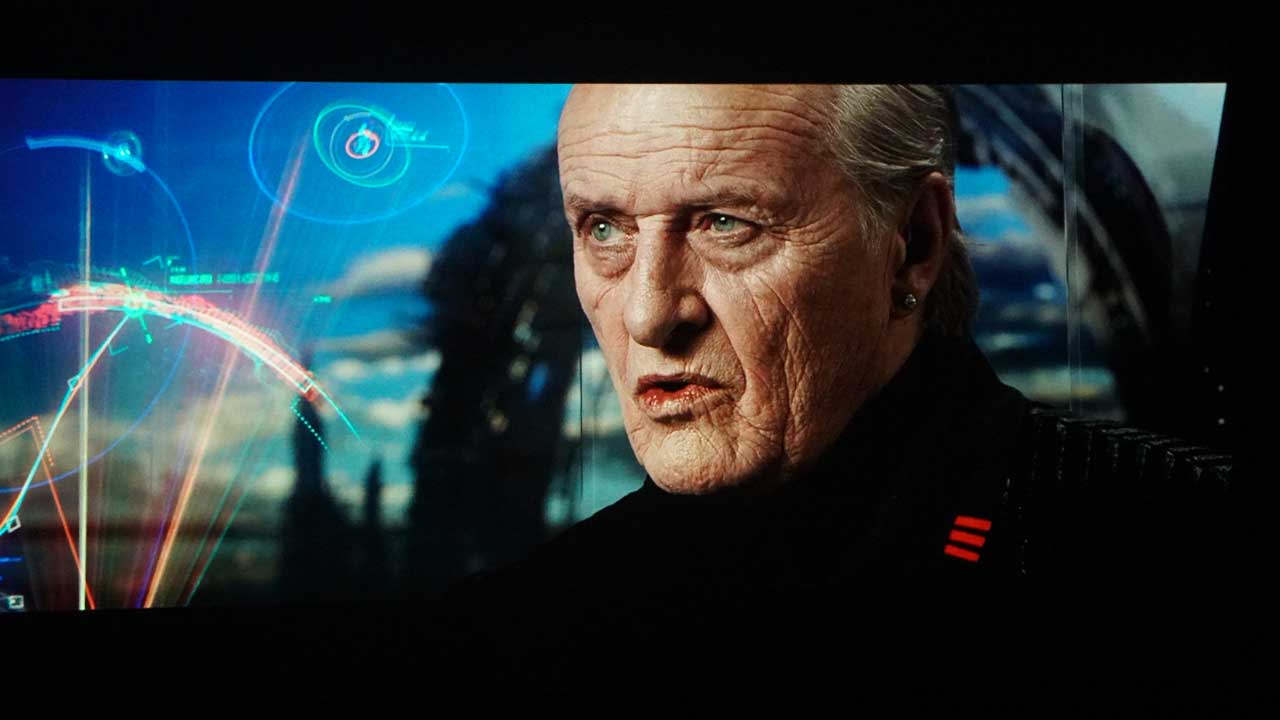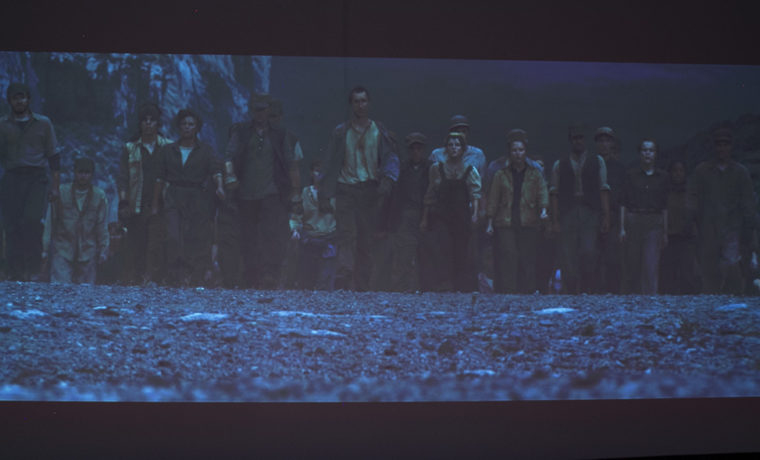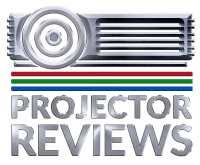A quiick note for you other "rainbow sensitive" folks like me: Thanks to the “I haven’t seen any rainbows”, this is pretty much the first DLP projector I would consider buying in many years. (most folks don’t have to worry about RBE). The older HT9050 had the same optics, but it’s lack of HDR was a deal breaker, so it didn't come down to the "rainbow effect." BTW no good numbers on what percentage of us see RBE. My guess - and it's just that - is 5% or so. In other words, you aren't likely to see them with DLP projectors, but someone you know will...
Positioning - Wide Screen
Since most folks are perfectly happy with 16:9 screens (HDTV), all those folks should be fine with the manual zoom lens and plenty of lens shift.
If, however, you want to go wide-screen because you really are movie focused, you will have a different option than you will find with most other projectros including he primary competition. Most competitors rely on Lens Memory – which requires motorized zoom and lens shift, not manual.
The trade-off is that since Lens Memory isn’t available, to go wide screen you would go with an anamorphic lens, and motorized sled. That lens (with the BenQ’s support) supports a wide screen image (i.e. Cinemascope movies), but moves out of the way for normal HDTV 16:9 aspect ratio content. There are distinct trade-offs between going anamorphic with an optional lens/sled, vs Lens memory. Here they are:
Lens Memory:
Advantage – low cost (no extra gear).
Disadvantage: Lens memory only uses about 80% of all the pixels, this affects brightness compared to:
Panamorph lens and sled:
Advantage: Uses all of the pixels, which means roughly 25% more brightness (it won’t be quite that much brighter because the extra optics will cost some brightness.
Disadvantage: Adds several thousand dollars to your overall spend, “stretches pixels” so does not use 1:1 pixel mapping. (Technically this is a disadvantage, and definitely would be with 4K content, on a native 4K projector, but with a pixel shifter like the BenQ and other DLPs, they are already not 1:1 pixel mapping, so there’s probably no real additional loss due to the stretching. Sorry for getting a bit overly "techie" in the summary.

